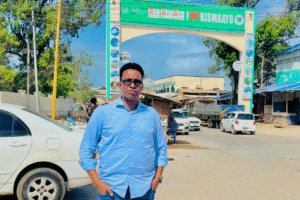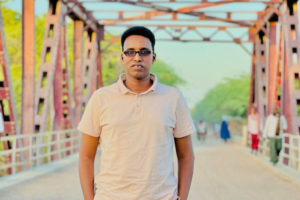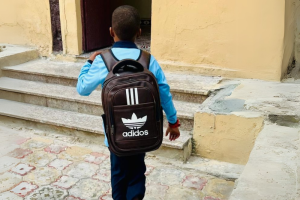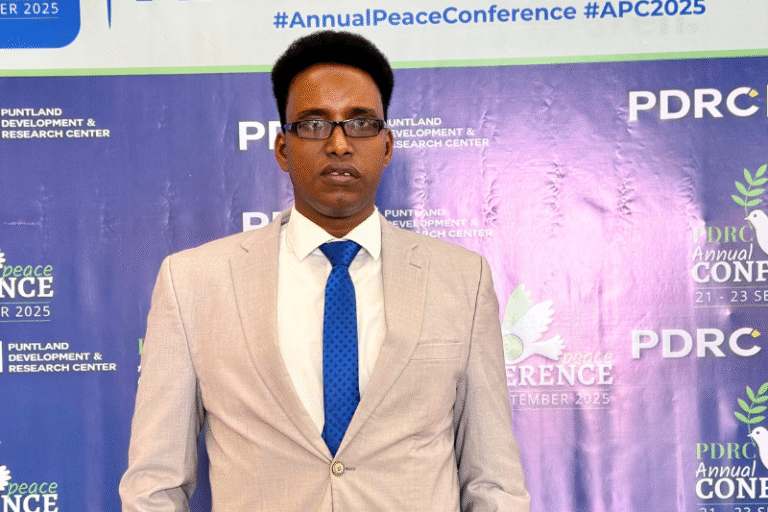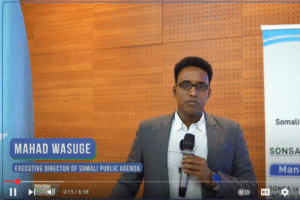
After the overthrow of the former military regime in Somalia in 1991, all government institutions were destroyed. The country was engulfed by what a Somali architect described as ‘a man made earthquake.’ All public buildings were ruined by the prolonged civil war and the educational institutions such as The National Library were among the hardest hit.
The National Library (TNL), a three-story building, was established in 1986 and is located at Hamar Weyne district at the center of Mogadishu, opposite of the National Museum and the National Theatre. The building has sustained major damages during the war, and all of its resources were looted; in the later years the building became a shelter for internally displaced people (IDPs) and squatters. However, currently, the building has been cleared and is ready for rehabilitation.
After years of lawlessness, displacement, and chaos, radiometry educational institutions were re-established by non-governmental organizations and private individuals who set out to revive this country’s education sector in order to fill the educational gap, make money (as all forms of education was privatized) as well as to create opportunities for the young generation.
I was one of those who benefited from these private educational institutions. I have been studying with private schools until I obtained university degree.
During my university days, I had very limited access to books and other educational resources that was necessary for my study. Let alone updated academic and other books about Somalia, it was hard to get the original textbooks (students mostly copy one original book for their study). There were no public and private libraries. No one invested in the publishing and book industry, as the book business was not profitable and the demand was very limited.
Normally, universities set up specialized libraries that the students could access to resources on their field of study and to prepare assignments.
Between 2013 and 2014, the Heritage Institute for Policy Studies (HIPS) spearheaded concerted effort to revive The National Library – a unique public private partnership aimed at promoting culture of research and learning in Somalia.
When completed, The National Library will have collections in Somali, Arabic, English and Italian languages. In addition to being The National Library, a wing of the building will be dedicated to the National Archives and it will provide other services, including Mobile library, Resource center and Digital library that provide electronic access to significant digitalized collections of literary, artistic, cultural, historic and scientific materials.
I do believe that the history will tell to all those who participate directly or indirectly to The National Library. U.S. Democratic Congressman Keith Ellison in collaboration with Books for Africa and other partners had shipped 22,000 books from the U.S. We wish that many Somali and non Somali individuals and institutions will follow suit and contribute to their best to participate in the renovation and re-equipment of The National Library building.
In conclusion, although it takes some time to fully renovate, reequip and reopen The National Library, the Somali youth are yearning the opening of this library. We wish that it will get the necessary funds, human and material resources to be renovated and reopened.
Mahad is a researcher and writer based in Mogadishu. You can reach him at mahad.wasuge@gmail.com
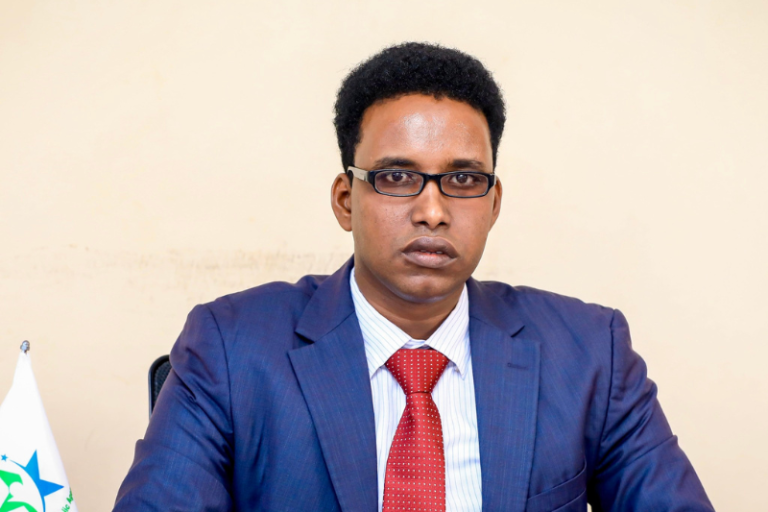
Is a researcher, teacher, podcaster and blogger. His work over the last decade has focused on teaching and researching governance, justice and social services in Somalia.


